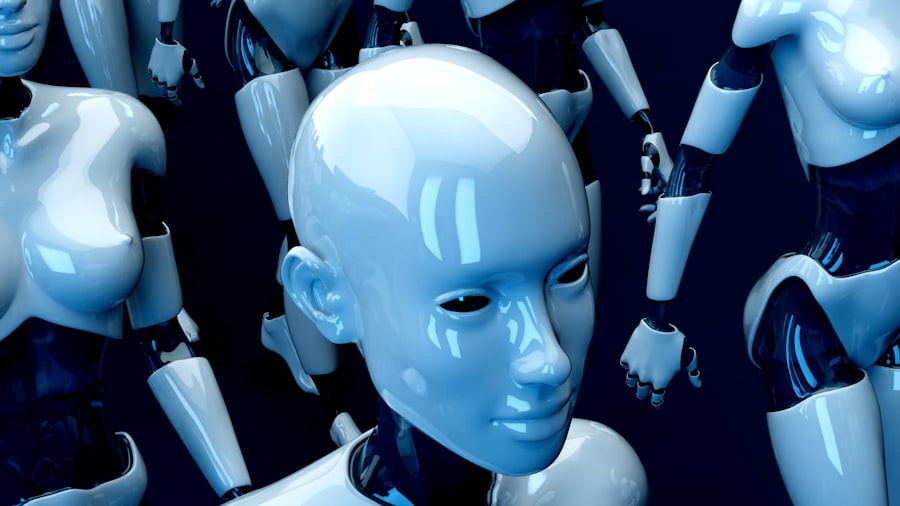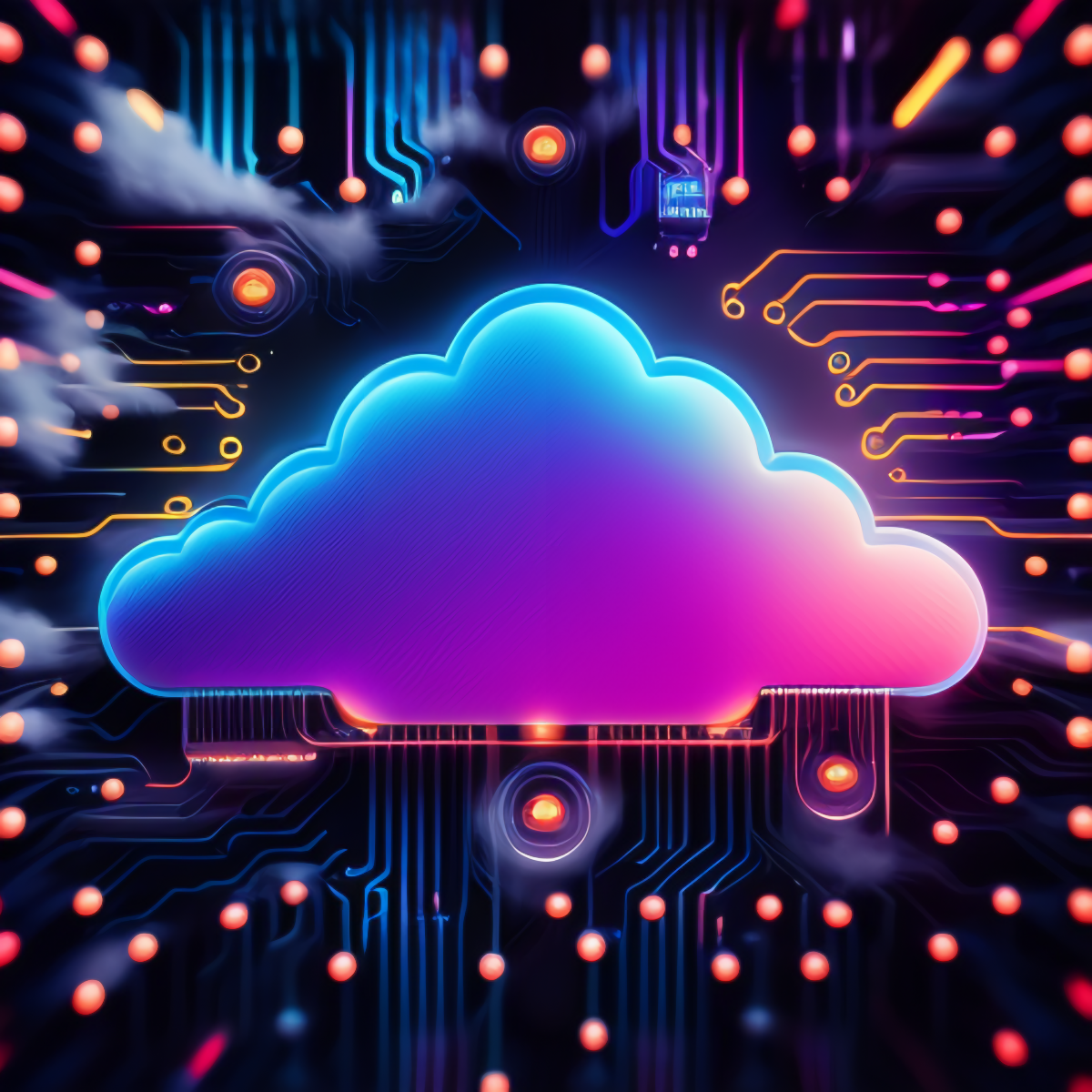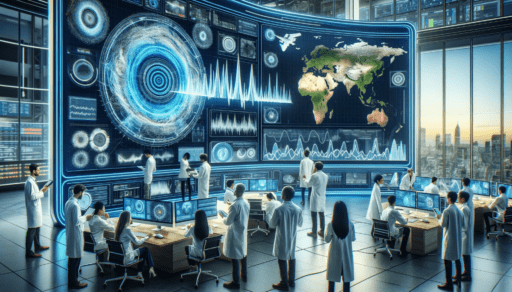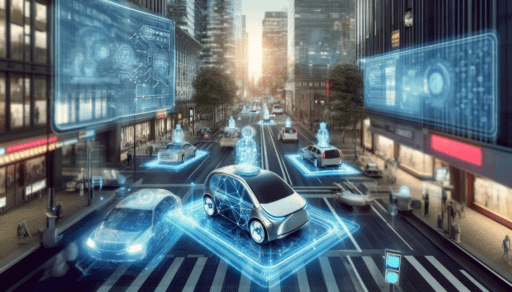AI-Powered Animation refers to the use of artificial intelligence (AI) technology in the creation and production of animated content. It involves the use of algorithms and machine learning techniques to automate and enhance various aspects of the animation process, such as character design, motion capture, and rendering. AI-Powered Animation has gained significant attention in recent years due to its potential to revolutionize the animation industry and create more realistic and immersive animated experiences.
The history of AI in animation can be traced back to the early days of computer-generated imagery (CGI) in the 1970s. At that time, animators began experimenting with computer graphics to create simple 2D and 3D animations. However, the technology was still in its infancy, and the results were often crude and lacking in realism.
Over the years, advancements in computer hardware and software have led to significant improvements in CGI technology. The introduction of powerful graphics processing units (GPUs) and sophisticated rendering algorithms has made it possible to create highly detailed and realistic animations. However, the process of creating these animations still required a significant amount of manual labor and expertise.
Key Takeaways
- AI-powered animation is a new technology that uses artificial intelligence to create animations.
- The evolution of animation technology has led to the development of AI-powered animation.
- AI plays a crucial role in animation by automating repetitive tasks and improving the quality of animations.
- The benefits of AI-powered animation include faster production times, cost savings, and improved creativity.
- The impact of AI on the animation industry is significant, with many studios adopting AI-powered tools to improve their workflows.
The Evolution of Animation Technology
Traditional animation techniques involve creating a series of hand-drawn images or models that are photographed or filmed in sequence to create the illusion of movement. This process is time-consuming and labor-intensive, requiring skilled artists to draw or sculpt each frame by hand. While traditional animation techniques have been used for centuries, they have limitations in terms of efficiency and realism.
The introduction of computer-generated animation in the 1970s marked a significant milestone in the evolution of animation technology. With the advent of powerful computers and graphics software, animators were able to create animations using digital models and textures. This allowed for greater control over the animation process and opened up new possibilities for creativity.
In recent years, AI has emerged as a powerful tool in the field of animation. AI algorithms can analyze large amounts of data and learn patterns and trends, allowing them to generate realistic animations automatically. This has led to the development of AI-powered animation software that can automate various aspects of the animation process, such as character design, motion capture, and rendering.
The Role of AI in Animation
AI is used in animation in a variety of ways. One of the most common applications of AI in animation is character design. AI algorithms can analyze existing character designs and generate new designs based on patterns and trends in the data. This can save animators a significant amount of time and effort, as they no longer have to create each character from scratch.
Another application of AI in animation is motion capture. Motion capture involves recording the movements of real actors or objects and using that data to animate digital characters or objects. AI algorithms can analyze motion capture data and generate realistic animations that mimic the movements of the recorded actors or objects.
AI is also used in rendering, which is the process of generating the final images or frames of an animation. Rendering can be a time-consuming process, especially for complex scenes with realistic lighting and textures. AI algorithms can analyze the scene data and optimize the rendering process to reduce rendering times and improve the quality of the final images.
Examples of AI-powered animation software include Autodesk’s Maya, which uses AI algorithms to automate various aspects of the animation process, such as character rigging and motion capture. Another example is Adobe Character Animator, which uses AI algorithms to analyze facial expressions and movements and apply them to digital characters in real-time.
The Benefits of AI-Powered Animation
AI-Powered Animation offers several benefits over traditional animation techniques.
Increased efficiency and productivity: By automating various aspects of the animation process, AI-powered animation software can significantly reduce the time and effort required to create animations. This allows animators to work more efficiently and produce animations at a faster pace.
Improved quality and realism: AI algorithms can analyze large amounts of data and learn patterns and trends, allowing them to generate realistic animations automatically. This can result in animations that are more lifelike and immersive, enhancing the overall quality of the animated content.
Cost-effectiveness: AI-powered animation software can help reduce production costs by automating time-consuming tasks and reducing the need for manual labor. This can make animation production more affordable and accessible to a wider range of creators and studios.
The Impact of AI on the Animation Industry
The introduction of AI in animation has had a significant impact on the animation industry.
Changes in job roles and responsibilities: The use of AI in animation has led to changes in job roles and responsibilities within the industry. Some tasks that were previously performed by animators, such as character design and motion capture, can now be automated using AI-powered software. This has led to a shift in focus for animators, who are now able to spend more time on creative tasks such as storytelling and character development.
Increased competition: The use of AI in animation has also increased competition within the industry. With the availability of AI-powered animation software, more creators and studios are able to produce high-quality animations at a faster pace. This has led to a greater diversity of animated content and increased competition for viewership and distribution.
New opportunities for creativity and innovation: AI-powered animation technology has opened up new opportunities for creativity and innovation within the industry. Animators are now able to explore new techniques and styles that were previously not possible with traditional animation techniques. This has led to the development of unique and visually stunning animated content.
The Challenges of Implementing AI in Animation


While AI has the potential to revolutionize the animation industry, there are several challenges that need to be addressed.
Resistance to change: The introduction of AI in animation may be met with resistance from animators who fear that their jobs will be replaced by AI-powered software. It is important for animators to understand that AI is not meant to replace them, but rather to enhance their skills and capabilities.
Technical limitations: AI-powered animation software is still in its early stages of development, and there are technical limitations that need to be overcome. For example, AI algorithms may struggle with complex scenes or require large amounts of computational power to generate realistic animations.
Ethical concerns: The use of AI in animation raises ethical concerns, such as the potential for bias or discrimination in character design or the use of motion capture data without consent. It is important for animators and studios to consider these ethical concerns and ensure that AI-powered animation is used responsibly and ethically.
The Future of AI-Powered Animation
The future of AI-powered animation looks promising, with several advancements and innovations on the horizon.
Predictions for the future of AI in animation include the development of more advanced AI algorithms that can generate even more realistic animations. This could lead to animations that are indistinguishable from live-action footage, blurring the line between reality and animation.
Advancements in AI technology, such as the development of neural networks and deep learning algorithms, could also lead to more sophisticated AI-powered animation software. This could enable animators to create animations with greater complexity and detail, pushing the boundaries of what is possible in animation.
AI-Powered Animation in Film
AI-powered animation has already made a significant impact on the film industry.
One example of AI-powered animation in film is the use of motion capture technology. Motion capture involves recording the movements of real actors or objects and using that data to animate digital characters or objects. This technology has been used in films such as “Avatar” and “The Lord of the Rings” trilogy to create realistic and lifelike animated characters.
Another example is the use of AI algorithms to automate various aspects of the animation process, such as character rigging and motion capture. This can save animators a significant amount of time and effort, allowing them to focus on other creative tasks.
The impact of AI-powered animation in film has been significant, with filmmakers now able to create visually stunning and immersive animated experiences that were previously not possible with traditional animation techniques.
AI-Powered Animation in Television
AI-powered animation has also made its way into the television industry.
One example of AI-powered animation in television is the use of AI algorithms to automate the process of lip-syncing. Lip-syncing involves matching the movements of a character’s mouth to the dialogue being spoken. AI algorithms can analyze the dialogue and generate the appropriate mouth movements automatically, saving animators a significant amount of time and effort.
Another example is the use of AI algorithms to generate crowd scenes. Crowd scenes involve animating a large number of characters or objects in a scene, which can be time-consuming and labor-intensive. AI algorithms can analyze the scene data and generate realistic crowd animations automatically, reducing the need for manual labor.
The impact of AI-powered animation in television has been significant, with animators now able to produce high-quality animated content at a faster pace and with greater efficiency.
The Importance of AI-Powered Animation in the 21st Century
In conclusion, AI-powered animation has the potential to revolutionize the animation industry by automating and enhancing various aspects of the animation process. It offers several benefits, including increased efficiency and productivity, improved quality and realism, and cost-effectiveness.
However, there are also challenges that need to be addressed, such as resistance to change, technical limitations, and ethical concerns. It is important for animators and studios to embrace AI technology and use it responsibly and ethically.
The future of AI-powered animation looks promising, with advancements in AI technology and the development of more sophisticated AI-powered animation software. This could lead to even more realistic and immersive animated experiences, pushing the boundaries of what is possible in animation.
Overall, AI-powered animation is an important tool in the 21st century that can enhance creativity and innovation in the animation industry. It is important for animators and studios to embrace AI technology and use it to push the boundaries of what is possible in animation.
If you’re interested in the fascinating world of AI-Powered Animation and how it is revolutionizing the film and television industry, you might also want to check out this related article on datacenterinfo.com. The article titled “Understanding Data Center Tiers: What They Are and Why They Matter” provides valuable insights into the different tiers of data centers and why they are crucial for ensuring the smooth operation and security of AI-powered animation technologies. Discover how data centers play a vital role in supporting this cutting-edge technology by clicking here.
FAQs
What is AI-powered animation?
AI-powered animation is the use of artificial intelligence (AI) technology to create and enhance animation in film and television. It involves using algorithms and machine learning to automate certain aspects of the animation process, such as character movement and facial expressions.
How is AI-powered animation changing the landscape of film and television?
AI-powered animation is changing the landscape of film and television by making the animation process faster, more efficient, and more cost-effective. It also allows for greater creativity and flexibility in the animation process, as AI can generate new ideas and solutions that may not have been possible before.
What are some examples of AI-powered animation in film and television?
Some examples of AI-powered animation in film and television include Disney’s use of AI to create realistic facial expressions for characters in “The Lion King” (2019), DreamWorks Animation’s use of AI to generate crowd scenes in “How to Train Your Dragon: The Hidden World” (2019), and Netflix’s use of AI to enhance the animation in “Love, Death & Robots” (2019).
What are the benefits of using AI-powered animation?
The benefits of using AI-powered animation include faster production times, lower costs, greater creativity and flexibility, and improved quality and realism in the animation. AI can also help animators to automate repetitive tasks and focus on more creative aspects of the animation process.
Are there any drawbacks to using AI-powered animation?
Some potential drawbacks of using AI-powered animation include the risk of over-reliance on technology, the potential for AI to replace human animators, and the ethical concerns surrounding the use of AI in creative industries. Additionally, AI-powered animation may not be suitable for all types of animation, and may require significant investment in technology and training.







